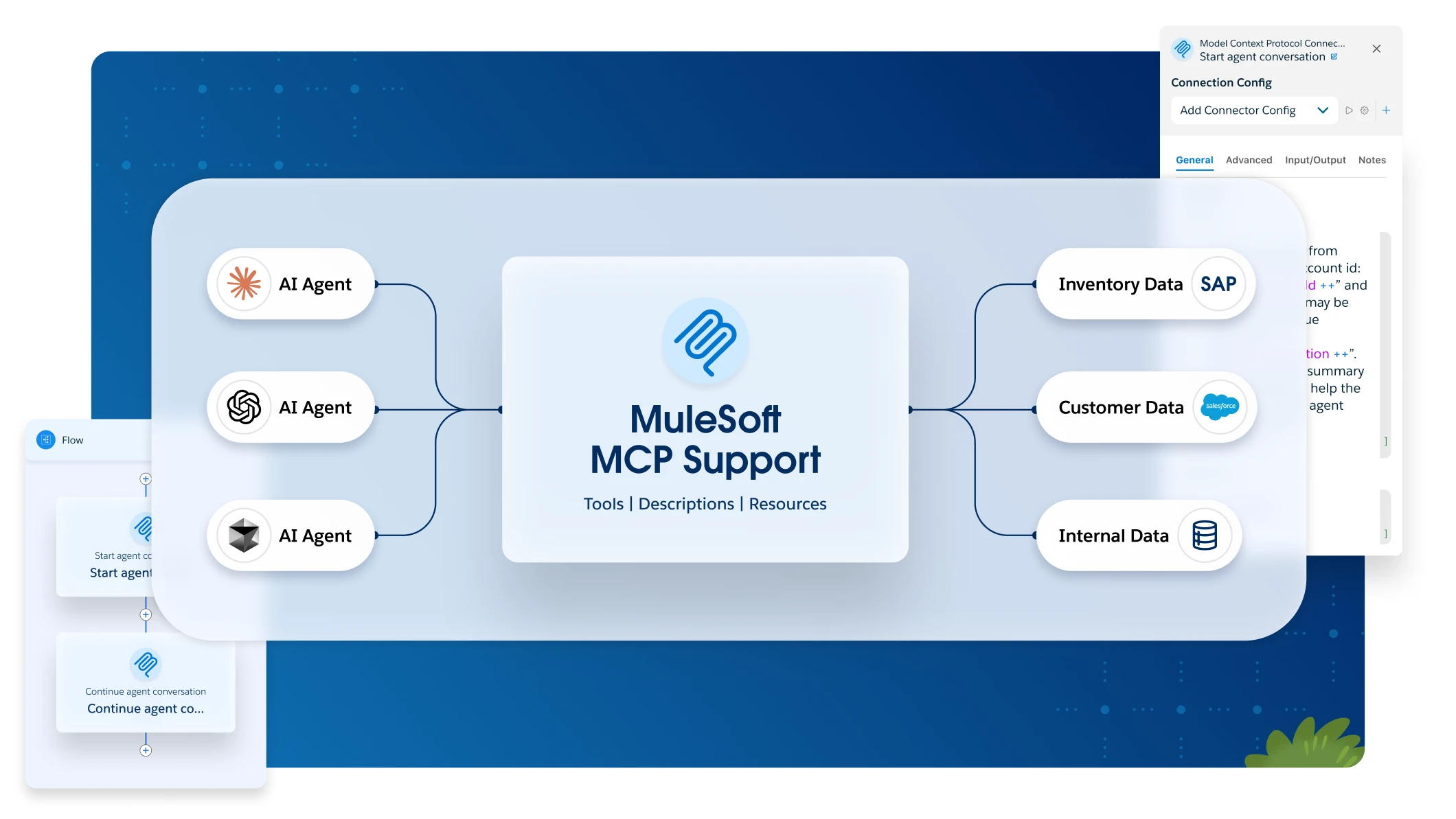https://jsonplaceholder.typicode.com/Getting Started with Managed Flex Gateway on CloudHub 2.0
Get started with Anypoint Managed Flex Gateway on CloudHub 2.0. Create and deploy a Managed Flex Gateway, publish an API, and secure the API with a basic authentication policy.
Before You Begin
Before getting started with Flex Gateway, complete these steps:
-
Review the Requirements and Limits for Flex Gateway and verify that you have the necessary Managed Flex Gateway permissions.
-
Create a private space in CloudHub 2.0 or verify that you can access an existing private space. To create a private space, see Creating Private Spaces.
Deploy a Managed Flex Gateway
-
From Anypoint Platform, select Runtime Manager.
-
Click Flex Gateways in the sidebar.
-
Click Managed Flex Gateway.
-
Click Add Managed Flex Gateway.
-
Enter a Gateway name.
-
Select a your private space as your Deployment target.
-
Click Advanced options.
-
Copy and save the Managed Flex Gateway public endpoint for later testing. This is the HTTP or HTTPs URL that appears in the Public endpoint UI block, for example,
https://my-gateway-abc123.edf456.us-east1.anypoint.mulesoft.com/. -
Click Save & deploy.
The UI returns to the dashboard of your new Managed Flex Gateway.
-
Wait until your gateway’s Status is Running.
Publish a Simple API
-
From your Managed Gateway’s dashboard, click Add API instance.
-
From the Add API page, select Flex Gateway as your runtime.
-
Select your deployed Managed Flex Gateway in the Select a gateway section.
-
Click Next.
-
Click Create New API.
-
Specify an API name and select HTTP API as the asset type.
-
Click Next.
-
Don’t configure any downstream options.
-
Click Next.
-
From the Upstream page:
-
Enter this URL in the Upstream URL field:
-
-
Click Next.
-
Click Save & Deploy.
The UI takes you to the API Summary page of the newly created API instance.
All HTTP requests made to the public endpoint are now proxied to the
jsonplaceholderservice. -
To test the API instance, replace the public endpoint placeholder and run this command in a new terminal window:
curl -s -o /dev/null -w "%{http_code}\n" --request GET '<publicEndpoint>'The command executes a
GETrequest to the API, and then prints the resulting200status code, indicating success.
Secure Your API Using the Basic Authentication Policy
-
From the API Summary page, select Policies from the side navigation panel.
-
In the Policies page, click Add inbound policy.
-
Select the Basic Authentication - Simple policy.
-
Click Next.
-
For User Name, enter
user. -
For User Password, enter
password. -
Click Apply.
-
To test the API Instance without authentication, replace the public endpoint placeholder and run this command in the terminal window:
curl -s -o /dev/null -w "%{http_code}\n" --request GET '<publicEndpoint>'The command prints a resulting
401 (Unauthorized)status code, because the request does not include the Authentication context. -
To test the API Instance with authentication, replace the public endpoint placeholder and run this command in the terminal window:
curl -s -o /dev/null -w "%{http_code}\n" --request GET '<publicEndpoint>' -u user:passwordThe userandpasswordparameters must match what was specified when you applied the policy via API Manager.The command prints the resulting
200status code, indicating success.



